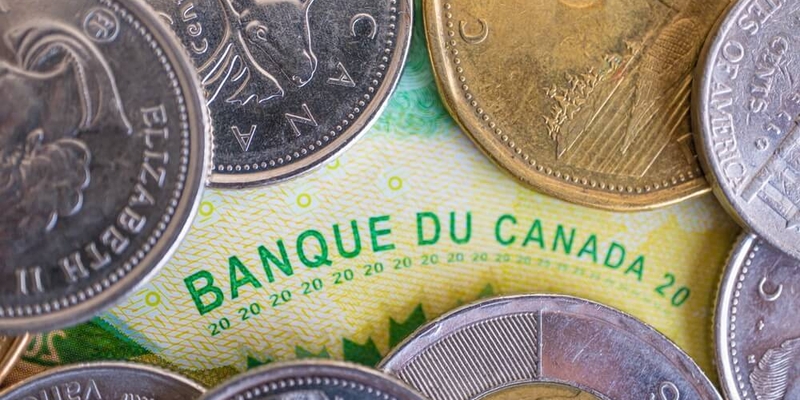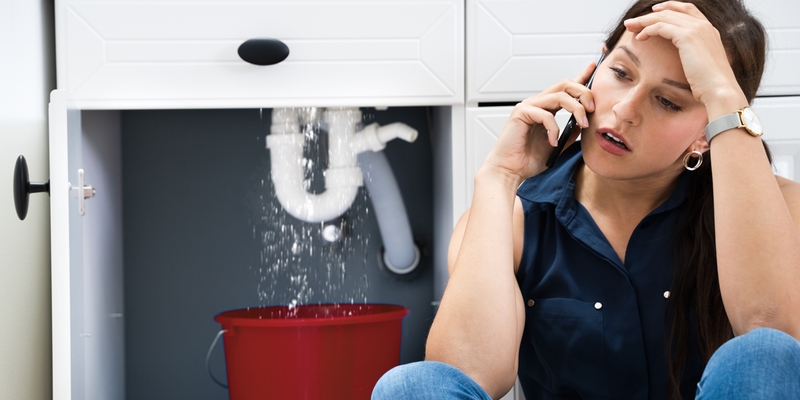
If you are not redirected within 30 seconds, please click here to continue.
Samedi: 10h – 16h HAE

If you are not redirected within 30 seconds, please click here to continue.
If you are not redirected within 30 seconds, please click here to continue.
How Much Have Mortgage Rates Fallen Since the Pandemic Began?

Table of Contents
It’s hard to find a positive side to a coronavirus pandemic that’s devastated lives and economies around the world.
But for those still in the market to buy a house, the global market meltdown has delivered a rare scenario where both mortgage rates and home prices are falling.
The direction of home prices can’t reliably be forecast right now. All one can say for sure is that recessions are negative for home prices and economists project lower prices by year-end.
Price declines could make homes far more affordable than mortgage rate drops, but since we’re a rate site we’ll focus on the latter.
Mortgage rates have gone “on sale” since the start of the pandemic. The table at the bottom of this post shows the lowest nationally available insured rates (those with a down payment of 20% or less) and the lowest uninsured rates. It compares where they stood prior to COVID-19 and where they stand today.
Lower Variable Rates
The Bank of Canada cut rates in historic fashion in response to COVID-19. In less than a month, that dropped Canada’s key lending rate by 1.50 percentage points. Existing variable-rate borrowers are now enjoying variable mortgage rates between 1.00% and 2.00% in many cases. In fact, rates of Prime – 1.00%, which equals 1.45%, are quite common for borrowers who closed prior to March 2020).
Those shopping for a new variable-rate mortgage, however, won’t have it so good. They’ll pay more because banks have slashed variable-rate discounts. Nonetheless, insured variable rates can still be found at less than 2.00%. That represents a significant savings compared to just five short months ago when variables were in the 2.70% range.
“I still think a variable rate makes the most sense for any borrower who won’t lie awake at night worrying about the (remote) chance their rate might rise in the near future,” wrote mortgage broker Dave Larock of Integrated Mortgage Planners. “That said, if fixed rates keep dropping and variable-rate discounts don’t widen, the choice will no longer seem so obvious.
Lower Fixed Rates
Fixed rates have fallen further since Larock posted that advice. And they keep falling by the day.
Despite a short-lived jump in mortgage rates in March, lenders have since been lowering rates almost weekly.
As of this writing, the lowest five-year fixed rate for an insured mortgage (with a down payment of less than 20%) can be found for just 2.09%. And it’s possible we’ll see fixed rates dip below the 2.00% threshold by year end.
To put that in perspective, exactly one year ago the lowest insured five-year fixed rate was 2.68%. Today’s lower rate would save someone $116.69 per month, or $11,057.58 over the five-year term, assuming a $400,000 mortgage amortized over 25 years.
Fixed or Variable, Which Has the Edge?
The lowest widely available five-year fixed rates are now just 20 basis points more than the lowest variable rates, leading more buyers to opt for the stability of a fixed rate.
Our simulations confirm it would only take two quarter-point rate hikes over the next three years for the lowest five-year fixed rates to outperform variables, other things equal. That’s based on interest cost alone and assumes standard terms and no changes to the mortgage for five years.
Of course, there are other things to think about when choosing between fixed or variable rates. For example, if there’s a chance you may have to break your mortgage early, a variable rate offers lower prepayment penalties compared to a fixed, sometimes much lower.
To sum it all up, you’ll want to think hard about your five-year plan before committing to a long-term fixed rate. The more likely you are to move or refinance before five years, and the more financially stable and tolerant of rate fluctuations you are, the more suited you are to a variable or short-term fixed mortgage. That’s especially true today when the gap between fixed and variable rates is so small.
| Jan 1, 2020 | May 19, 2020 | Monthly Payment Savings ($400k mortgage) | Savings Over 5 Years | |
|---|---|---|---|---|
| Lowest 5yr Fixed – Insured | 2.48% | 2.09% | $76.66 | $7,299.84 |
| Lowest 5yr Fixed – Uninsured | 2.79% | 2.44% | $70.21 | $6,578.85 |
| Lowest 5yr Variable – Insured | 2.69% | 1.94% | $147.69 | $14,043.11 |
| Lowest 5yr Variable – Uninsured | 2.89% | 2.20% | $137.82 | $12,957.98 |
Get money-saving tips in your inbox.
Stay on top of personal finance tips from our money experts!










